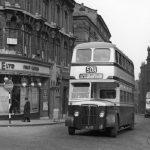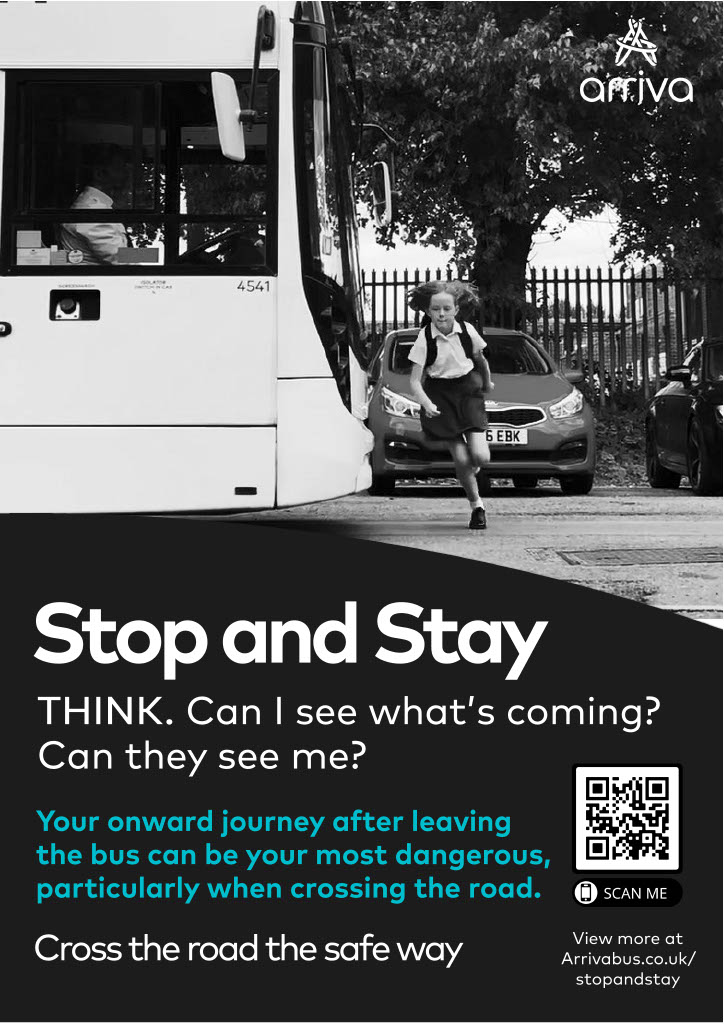Clarity is urgently needed to identify which vehicles will be affected in each of the Clean Air Zones (CAZ), and operators are being urged to engage with local authorities now, before irreversible decisions are made.
Confederation of Passenger Transport (CPT) CEO Simon Posner (pictured) told routeone: “CPT will continue to engage with Government at all levels but is also encouraging its members to get involved urgently with their local authorities as they start to devise their local plans.

“Local bus and coach operators can offer a unique perspective in helping local authorities determine where their services, through congestion-busting measures, can provide real benefits at a local level.
“The evidence shows that where priority measures – available to buses and coaches – are well planned, managed and enforced this can improve punctuality and reliability, whilst reducing emissions and helping local authorities in their drive to improve air quality.“
The Government’s draft air quality plan (routeONE, news, 10 May) set out national technical standards for CAZs – with Euro 6 being at the heart of proposals – but it is leaving the detail to local authorities.
The government’s air quality strategy covers all four nations. Details of the first Low Emission Zone (LEZ) in Scotland are due this month, but it is thought that this will not incorporate commercial vehicles.
The plan confirmed that in addition to London and the first five locations (Birmingham, Leeds, Nottingham, Derby and Southampton) with CAZs required by the end of 2019, there are 23 additional local authorities across the UK that will be required to introduce a Clean Air Zone (CAZ) or an alternative that has an equivalent effect.
Although many are in cities, it is driven by air quality. For example, the Port Talbot region suffers from below standard air quality.
The Freight Transport Association says it expects that “the most likely outcome is that Sheffield, Middlesbrough, Bath, Greater Manchester, Bristol, Coventry and Newcastle will have CAZs affecting commercial vehicles by the end of 2020.”
Vehicles entering the CAZs will need to be Euro 6 and any non-compliant vehicles will be charged but not banned. The FTA estimates the charges could be £20 per day for light commercials and £100 per day for heavy commercials.
FTA’s Director of UK Policy Elizabeth de Jong says: “Uncertainty will hurt industry. We won’t know where vehicles will be restricted until next year, giving only a year for operators to plan their fleets, leaving many with potentially large bills on top of rising operating costs in a difficult trading environment.”
In addition to the Ultra Low Emission Zone in London, there are five other cities (Birmingham, Derby, Leeds, Nottingham and Southampton) that will have to introduce Clean Air Zones (CAZs) by 2019.
Find out more: Air Quality Plan: http://bit.ly/2hJKhY6





















